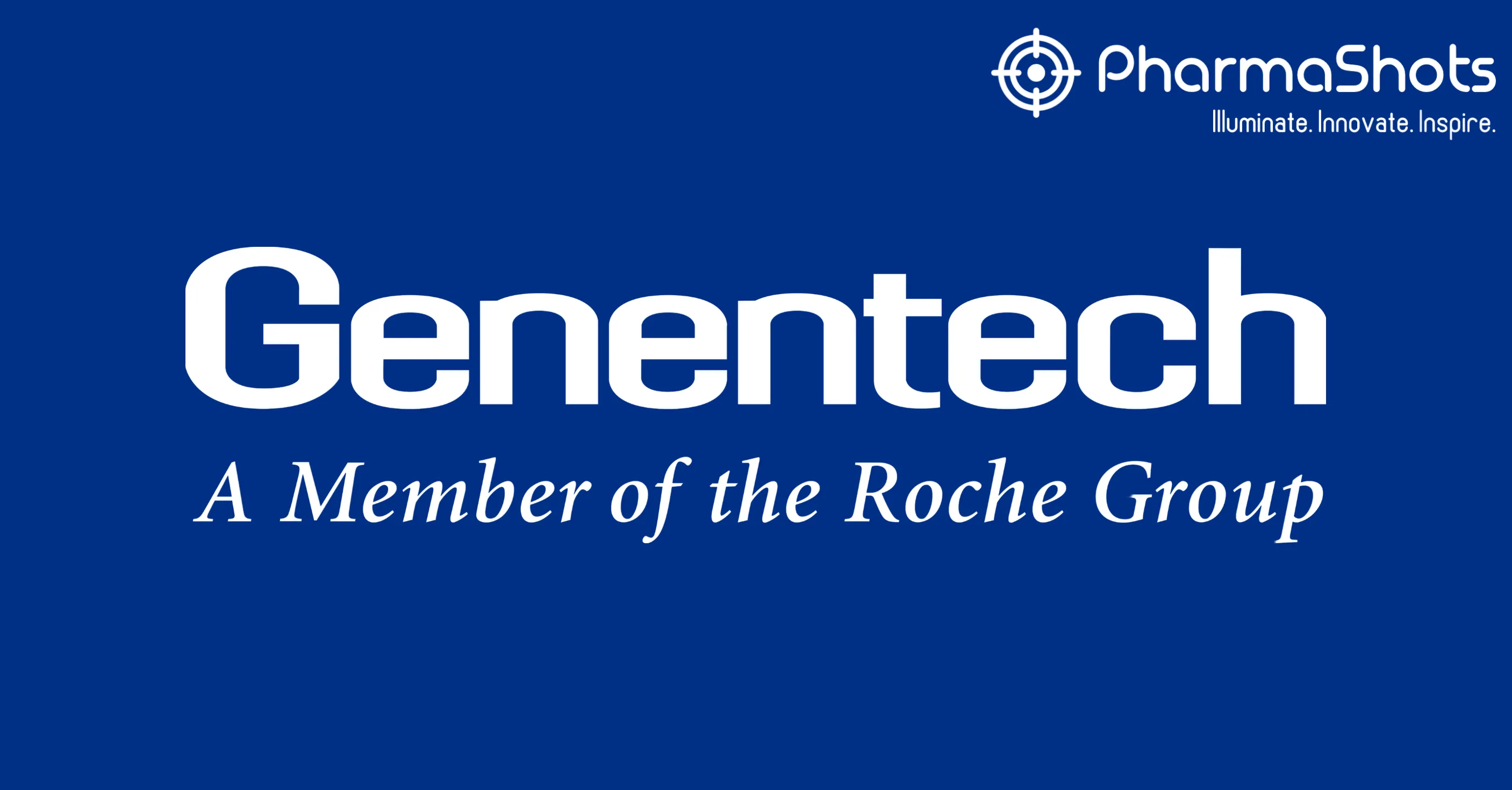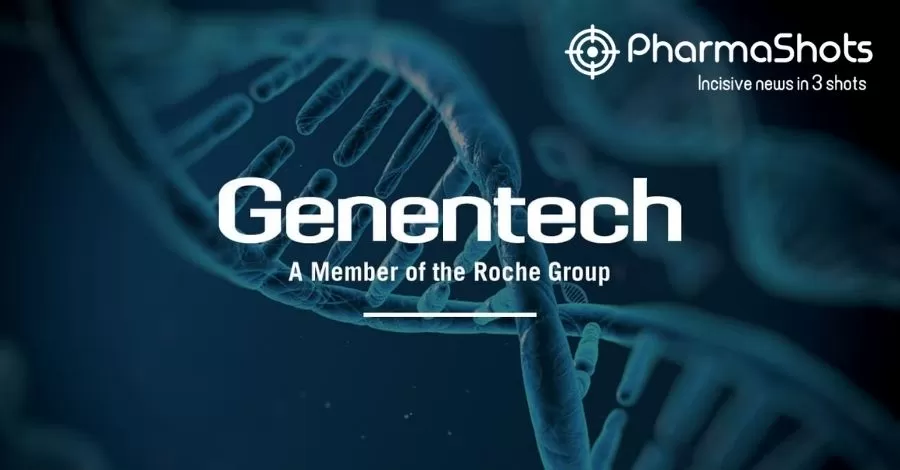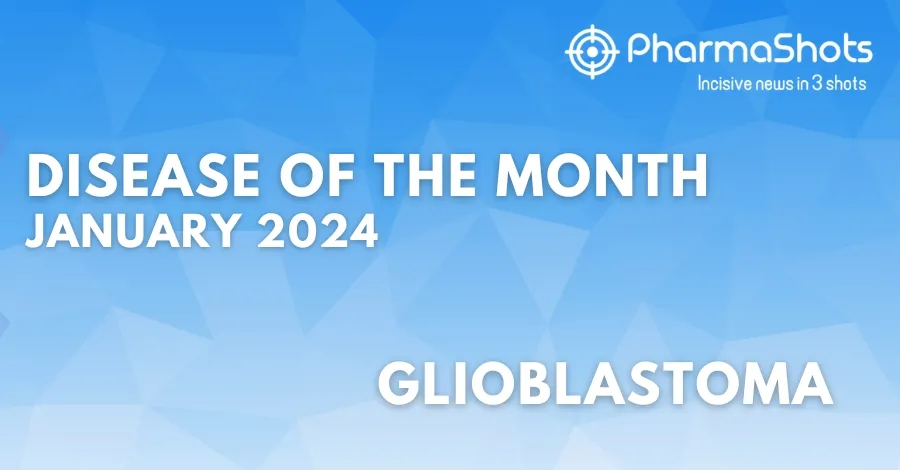
Genentech's Tecentriq Receives the US FDA's Approval as Adjuvant Treatment for Early Non-Small Cell Lung Cancer
Shots:
- The approval is based on P-III IMpower010 study Tecentriq vs BSC in 1005 patients in a ratio (1:1) with Stage IB-IIIA NSCLC- following surgical resection and up to 4 cycles of adjuvant cisplatin-based CT
- The results showed a 34% reduction in risk of disease recurrence or death in people with Stage II-IIIA NSCLC whose tumors express PD-L1≥1%- safety data were consistent with known safety profile & no new safety signals were observed
- The FDA has reviewed & approved the supplemental application under the RTOR program for safe & effective treatments to patients imminently. The company has an extensive program for Tecentriq including ongoing & planned P-III studies for multiple cancers
| Ref: Businesswire | Image: Xconomy
Click here to read the full press release

This content piece was prepared by our former Senior Editor. She had expertise in life science research and was an avid reader. For any query reach out to us at connect@pharmashots.com







